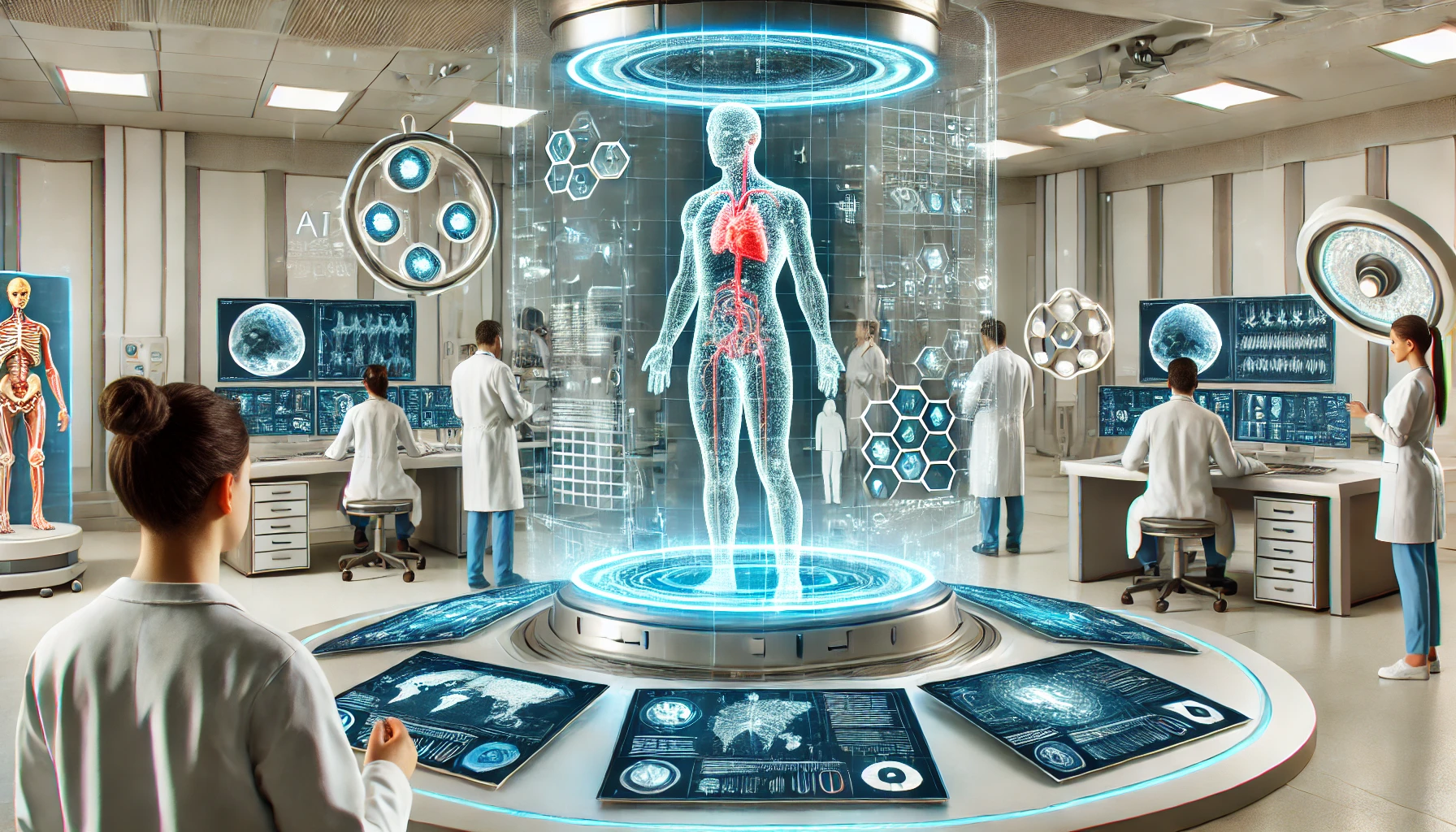Enhancing Diagnostic Precision: The Role of AI and Digital Holography in Medical Imaging

A study by the Department of Medical Technology, Fujian Health College, Fuzhou, China investigates the use of artificial intelligence (AI) digital holography technology in medical image fusion, utilizing medical sensors to enhance the accuracy and effectiveness of medical diagnoses. Traditional methods of medical image fusion often struggle to fully utilize the extensive data provided by medical sensors, which collect crucial physiological information. The study proposes a new method that integrates this sensor data with AI and image processing algorithms to improve the quality and accuracy of fused medical images.
Advancements in Sensor Technology and Medical Imaging
Since the 1970s, sensor technology has seen significant advancements, finding applications in various industries, including defense and civilian sectors. The fusion of information from multiple sensors is essential for accurate data processing and has been increasingly applied in fields such as satellite remote sensing, multi-focus image fusion, and medical diagnosis. Medical image fusion aims to combine different types of medical images to provide comprehensive information that aids in accurate diagnosis and treatment planning.
Medical sensors are integral to modern medical technology, capturing physiological parameters like ECG signals, brain waves, respiratory rates, and body temperature. However, traditional image fusion methods, which rely solely on imaging techniques such as CT and MRI, often fail to incorporate this physiological data comprehensively. The proposed AI digital holography technology merges sensor data with medical images to create holographic medical images, enhancing the diagnostic accuracy and quality of these images.
The Role of AI and Digital Holography in Medical Image Analysis
The paper discusses the significance of medical image fusion in clinical medicine and the advancements in multi-modal medical image technology. Various imaging techniques, including CT, MRI, PET, and SPECT, are highlighted for their roles in medical image fusion. The optimization algorithms for image fusion are also introduced, showcasing their evolution and importance.
AI and digital holography technology have significantly advanced medical image analysis, enabling the automatic identification and extraction of important information. Digital holography transforms medical images into three-dimensional holograms, providing more detailed information than traditional two-dimensional images. This transformation allows for more accurate diagnoses and better surgical planning.
Levels and Algorithms in Medical Image Fusion
The research categorizes medical image fusion into three levels: pixel-level, feature-level, and decision-level. Pixel-level fusion combines source images directly, providing detailed information but requiring complex calculations. Feature-level fusion focuses on key features, reducing calculation time but risking information loss. Decision-level fusion combines images based on management decisions, offering high efficiency but at a high processing cost.
The study outlines various optimization algorithms for medical image fusion, including weighted average, principal component analysis, and color space fusion algorithms. These algorithms are evaluated using metrics like information entropy, standard deviation, spatial frequency, and mutual information to assess the quality of fused images. The fusion process uses the non-downsampled contourlet transform (NSCT) to decompose images into high and low-frequency subbands, ensuring no frequency aliasing.
Enhancing Diagnostic Accuracy and Image Quality
Experimental results show that the proposed AI digital holography technology improves image resolution and information content, outperforming traditional methods. This technology allows doctors to observe both physiological states and lesion locations simultaneously, enhancing diagnostic accuracy. By integrating sensor data with AI and digital holography, the study offers a comprehensive approach to medical image fusion, providing detailed and accurate medical information for early diagnosis and personalized treatment.
In summary, the paper presents a novel approach to medical image fusion that leverages AI digital holography technology and medical sensors to enhance diagnostic accuracy and image quality. By integrating physiological data with imaging techniques, this method provides a holistic view of patient health, aiding in precise medical decision-making. The research highlights the potential of combining sensor technology, AI, and digital holography to advance medical image fusion, offering comprehensive and accurate medical information for early diagnosis and individualized treatment.
- FIRST PUBLISHED IN:
- Devdiscourse










